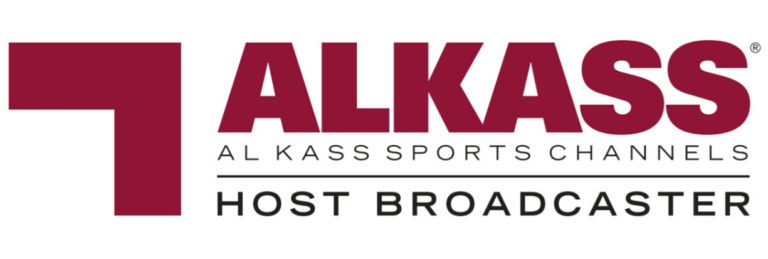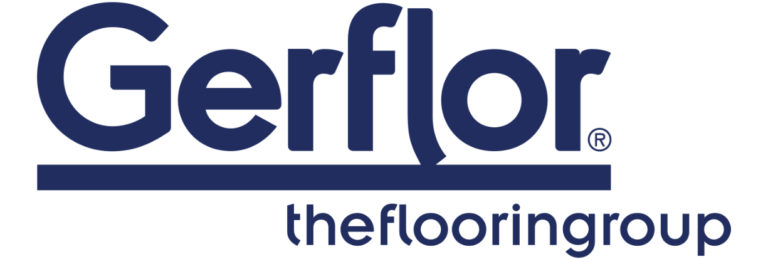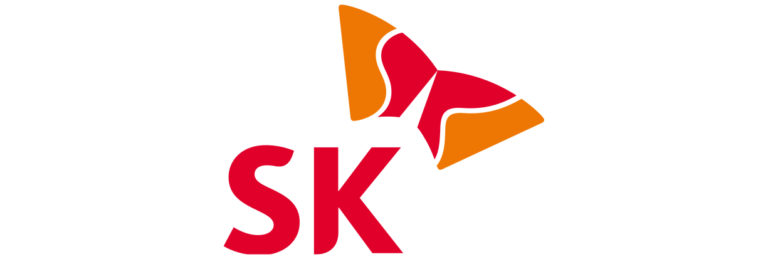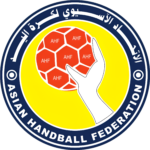Six eyes are better than four: A look behind the three-referee project at the 2022 IHF Men’s Super Globe
21 October 2022
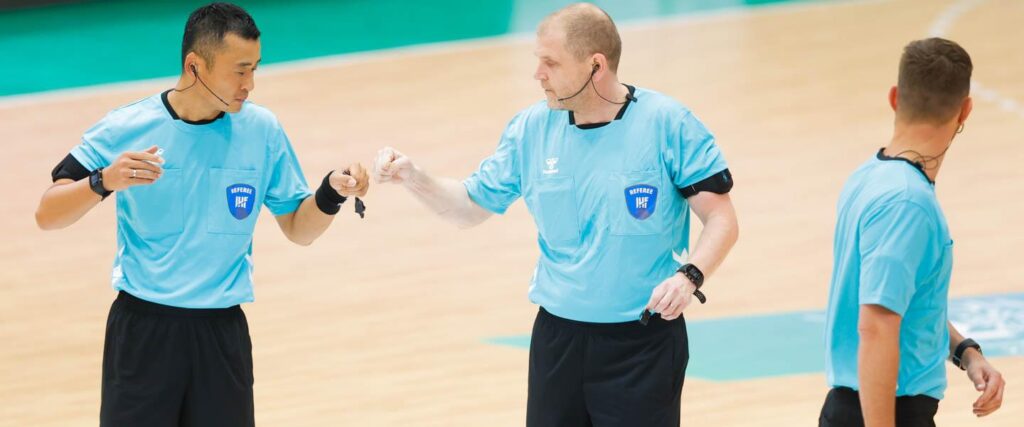
Handball has been continuously developing as a sport, with its pace getting faster and faster, the average number of goals at major tournaments growing rapidly, and its attractiveness getting a more significant number of fans in the stands.
With the new rules implemented over the last decade, handball has definitely grown, but so has the challenge for these rules to be correctly overseen by the referees. A referee’s job is to apply the rules fairly and create a fair-play environment on the court while taking over 200 decisions in a single match.
Therefore, the IHF Playing Rules and Referees Commission (PRC) has constantly been trying to improve the level of refereeing, actively working on finding new solutions to enhance performance at the highest level.
One of those solutions was to increase the number of referees officiating a match from two to three. The pilot project was first launched during the 2022 IHF Men’s Super Globe in Saudi Arabia, where the overall eight games on the first two match days had three referees.
“The main idea behind the project is to have six eyes on the court instead of four. From the referee’s side, we cannot just sit with our arms crossed and see the game develop without developing something ourselves. Now, I am not saying that this is the system that will make a revolution in handball or if it is the solution for the future.
“We need a lot more time to discuss, modify things, and see that everything is better, and that enhances handball. We cannot say that this is something that will be adopted at a large scale; it is way too early for that. We have a two-referee system per match that has been working for 50 to 60 years, so we need plenty of time to test and see if everything is working,” says Per Morten Sødal, the Chairman of the IHF Playing Rules and Referees Commission.
The first instance where three referees were used for a match was in a friendly game in Egypt, a match that served as good preparation and a video analysis for the referees at the 2022 IHF Men’s Super Globe.
It was decided that only the first two days of the competition, thus eight of the 24 matches scheduled in the competition, or 33.3%, would be part of this pilot project, with the 16 remaining matches having the classic pair of referees whistling the games.
“The idea was there on the table, but maybe under a ton of other papers, yet it was there. The first time we were going to test it was at the 2020 IHF Men’s Super Globe, but the COVID-19 pandemic came, and everything was halted. We resumed it now, two years later,” adds Sødal.
Eventually, the new proposal came – and it was met with scepticism first, especially as the referees were taken out of their comfort zones. The normal pairs were split for the first two days, with the eight trios being composed of referees from different countries.
These test matches were organised not only to improve the chemistry of the trios but also to ensure good communication between the three referees, as a good English command is a must for everything to work out on the court.
“Some of these referees have been doing this for over 20 years, we were together in some of the major tournaments we had, when I also was a referee. So I understand their scepticism because here is an idiot – me in this case – who wants to break up the pairs, take them out of their comfort zone, and put them in a novelty situation.
“But we had a training match before the first official match in the 2022 IHF Men’s Super Globe, and the scepticism started to go away. The referees had a very good feedback, so everything is getting better and better for them,” adds Sødal.
Having more eyes on the court is simple and effective because it helps the referees see more things on the court, which could have been hidden from their angle of sight at times.
Watching all the contacts between the defender and the attacker, correctly validating goals from the wings or being extra vigilant about any mistake by the attacker are just a few of the aspects a referee has to oversee, with decisions needing to be taken in split seconds.
“This is why some of the tasks that were divided to two referees can be divided to three. The pressure is still big, they still need to take the correct decisions, but, in the end, a referee still needs some tactical understanding of the game.
“It depends, two of them can sit behind the goal, like we saw in some games, while one of them stays behind the attack or the opposite. This is why the feedback we had been getting was good, as well as our feedback,” adds the PRC Chairman.
But will the referee trio be a real thing in the future?
The jury is still open on that question because more tests need to take place. One thing seems to be certain, though: the three-referee system would be part of major IHF competitions in 2024 at the earliest.
“If I were to say, I would say it is very, very difficult to have referee trios at the Paris 2024 Olympics. There are still a lot of test matches to be done, but we are getting there. This is certainly a solution for the future, but I cannot advance a timeframe for its implementation,” concludes Sødal.

